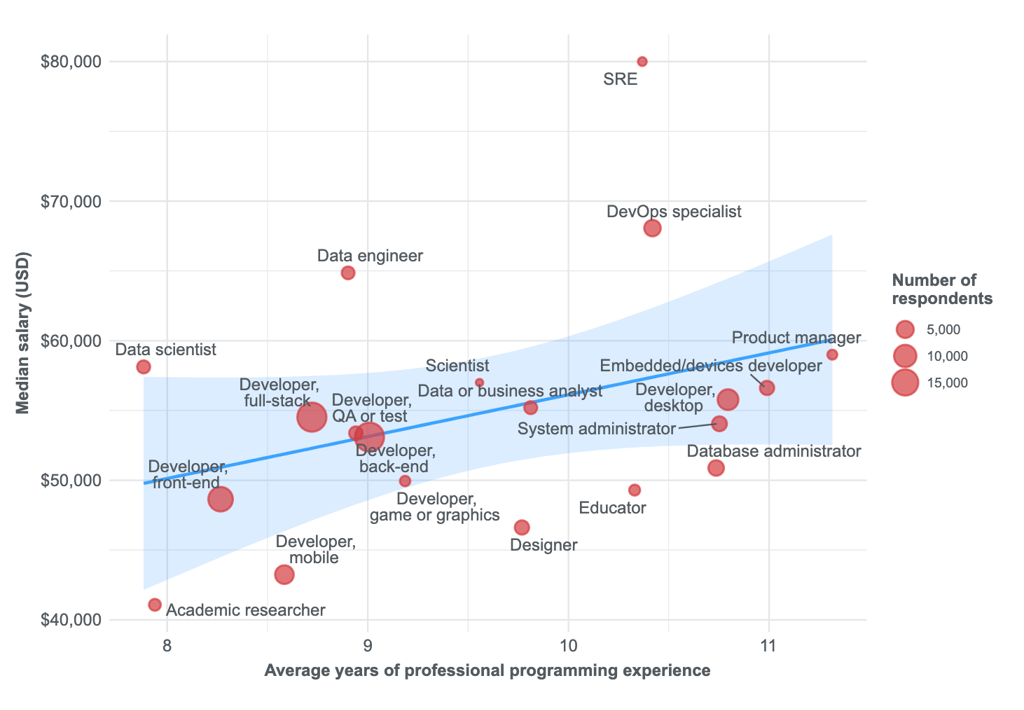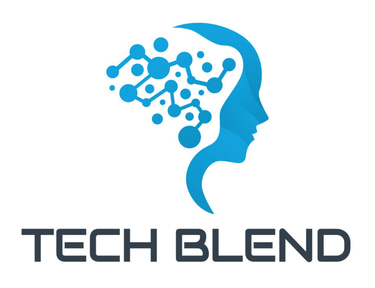The rise of the DevOps mindset
DevOps has become one of those buzzwords with many conflicting definitions. What’s for certain is it’s on the rise. In our 2020 developer Survey, around 80% of the respondents believed that DevOps is at least somewhat important. We take a look at the phenomenon, some definitions, and talk to our engineers about some of the trends our survey stats are reflecting.
TechBlend
3/3/20232 min read

The problems DevOps tries to address are in the name. It aims to overcome the institutional divide between the team that writes the code (Dev) and the team that manages the infrastructure and tools used to run and manage the product (Ops). As software development life cycles get more complex, it has gotten harder and harder to track responsibilities for the outcome and easier to blame other departments for bottlenecks, delayed deadlines or shortcomings in the quality of the product.
Dev, QA, and the often further fragmented Ops groups may be unaware of each other's roadblocks, have little insight into the business context, or even aim for opposing goals. Mistrust is harming the organization and leaves everyone involved unhappy.
Tom Limoncelli, Site Reliability Engineering Manager at Stack Overflow put the pain points short and simple: “The software development life cycle in most places is broken. DevOps helps to fix that.”
The term DevOps embodies the solution to one of the most critical questions of our time: How can software teams deliver business value best? The answer? Developers and Operations working together (DevOps) instead of in isolation
If DevOps holds to what it promises, the benefits can include improved deployment frequency, faster time-to-market, lower failure of new releases, and shorter time between fixes. With the benefits of greater predictability, efficiency, security, and maintainability popping up along the full life-cycle. Or to put it simply, like Teresa Dietrich, Stack Overflow’s Chief Product Officer, “The right DevOps culture ultimately makes the product you deliver better.”
With 44% of this year’s Stack Overflow Developer Survey respondents working at organizations with at least one dedicated DevOps employee, many engineering teams around the world are trying to lessen some of the pains of modern software development.
Which problems is DevOps trying to solve?
At a high level, DevOps has three pillars: Communication, Automation, and Measurement. The State of DevOps report found that companies succeeding at DevOps shared these common threads.
Let’s break that down a bit more and take a look at some DevOps practices together with the problems they are trying to tackle.
Devs primarily work with devs, operations engineers primarily work with operations engineers, infrastructure engineers focus on their infrastructure problems. It is easy to end up isolated.
Different departments and experts need to start thinking as one team, towards one goal. In order to make teams work together without friction there needs to be a cultural shift and the tools in place to encourage transparency.
This idea is described by the widely-cited Gene Kim as a smooth transition between all the SDLC steps, from identifying the requirements, to actually building the application(s), then code hand over to IT Operations, and ultimately delivery to the client.


Contact us
Whether you have a request, a query, or want to work with us, use the form below to get in touch with our team.


Our Locations
Ireland Office:Unit 3D NorthPoint House, NorthPoint Business Park, New Mallow Road, Cork, T23 AT2P
UK Office: The Mille , 1000 Great West Road , Brentford , London , TW8 9DW
Hours
Monday- Friday 9:00-18:00
Saturday-Sunday Closed
Contacts
+44 (0)3337722566 , +44 7934492837
info@techblend.live


Techblend LTD All rights reserved @copyright2024
